Design and Implementation of Smart Guide Glasses for the Blind Based on Deep Perception and Bone Conduction Technology
DOI: 10.23977/jaip.2025.080308 | Downloads: 13 | Views: 954
Author(s)
Liu Yan 1, Luan Zengxu 1, Gao Chang 1, Zheng Ziye 1, Zheng Hui 1
Affiliation(s)
1 School of Computer Science and Technology, Beihua University, Jilin Province, Jilin City, China
Corresponding Author
Zheng HuiABSTRACT
Visually impaired individuals face challenges in independent mobility, as traditional assistive devices have limitations in terms of single-dimensional environmental perception and delayed real-time interaction. Current mainstream guide devices rely on ultrasound or basic obstacle avoidance logic, whose technical architecture struggles to analyze the dynamic spatial depth of complex urban environments. Technological breakthroughs in miniaturized RGB-D cameras and ToF sensors have opened up new possibilities, while bone conduction technology provides an open auditory channel, laying the foundation for non-invasive navigation. This paper delves into the cross-modal collaboration mechanism between depth perception and bone conduction, achieving three major innovations in its technical framework: lightweight depth computing units perform millimeter-level scene modeling with the support of embedded visual processors; spatial sound field modeling technology drives bone conduction audio directional prompts; and edge computing architecture ensures the efficiency of multi-sensor spatiotemporal fusion. The system identifies the attributes of dynamic obstacles through semantic segmentation algorithms, utilizes infrared assistance to mitigate strong light interference, and establishes a redundant verification mechanism for rainy and foggy environments. The ultimate goal is to reconstruct the spatial cognitive paradigm of visually impaired individuals and provide centimeter-level environmental understanding capabilities.
KEYWORDS
Deep perception; bone conduction; smart guide; obstacle recognition; wearable devicesCITE THIS PAPER
Liu Yan, Luan Zengxu, Gao Chang, Zheng Ziye, Zheng Hui, Design and Implementation of Smart Guide Glasses for the Blind Based on Deep Perception and Bone Conduction Technology. Journal of Artificial Intelligence Practice (2025) Vol. 8: 54-62. DOI: http://dx.doi.org/10.23977/jaip.2025.080308.
REFERENCES
[1] Zhang Pingxin, Luo Tang, Du Haijun, et al. Design of Smart Blind-Assist Glasses Based on Augmented Reality Technology [J]. Henan Science and Technology, 2020, (22): 11-12.
[2] Huang Yulong. Smart Blind Glasses Based on Artificial Intelligence Technology [J]. Electronic World, 2017, (23): 173+175.
[3] Kang Yanan, Fan Changxi, Zhang Xueyi, et al. Application of Binocular Vision in Smart Guide Glasses [J]. Electronic World, 2018, (09): 183-184.
[4] Tang Zihang, Huang Xu, Tan Boming. Spring for the Blind: A Comprehensive Study on Intelligent Guide Glasses Based on Machine Vision [J]. Science and Technology Economy Market, 2024, (09): 45-47.
[5] Yao Peiqi, Lu Yuming. Design and Exploration of Smart Guide Glasses Based on Inclusive Design Principles [J]. Design, 2024, 37(01): 8-11.
| Downloads: | 16206 |
|---|---|
| Visits: | 559554 |
Sponsors, Associates, and Links
-
Power Systems Computation
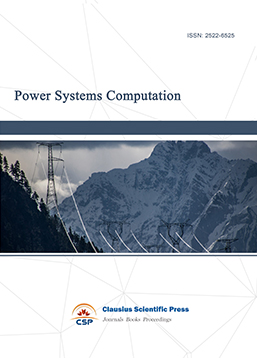
-
Internet of Things (IoT) and Engineering Applications
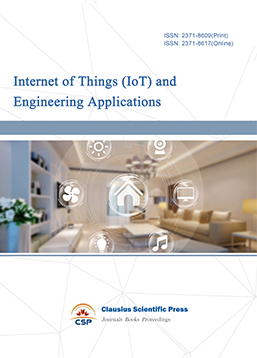
-
Computing, Performance and Communication Systems
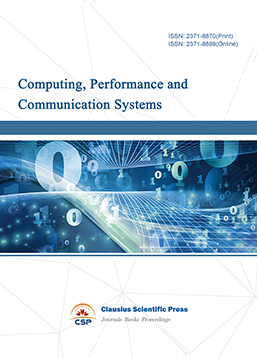
-
Advances in Computer, Signals and Systems
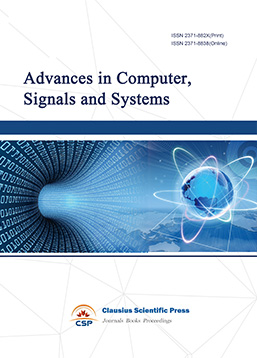
-
Journal of Network Computing and Applications
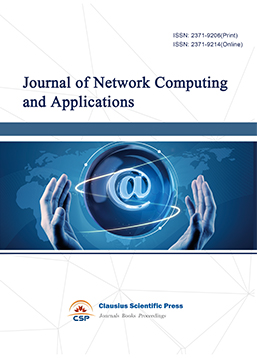
-
Journal of Web Systems and Applications
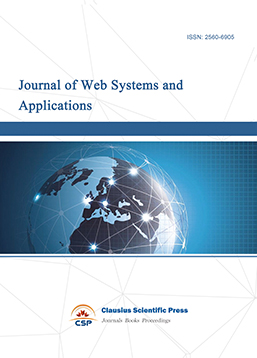
-
Journal of Electrotechnology, Electrical Engineering and Management
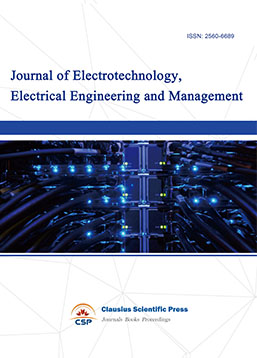
-
Journal of Wireless Sensors and Sensor Networks
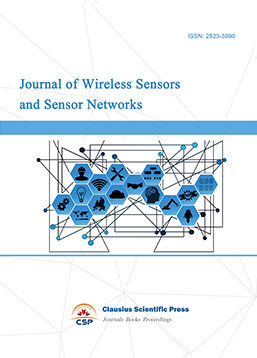
-
Journal of Image Processing Theory and Applications
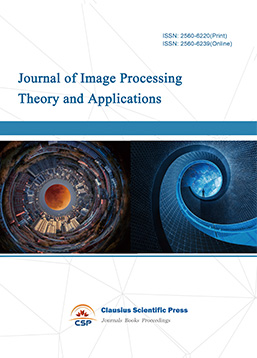
-
Mobile Computing and Networking
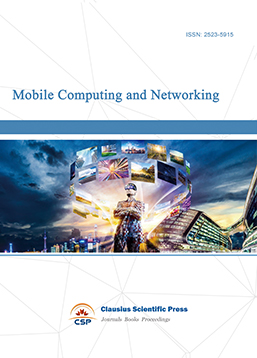
-
Vehicle Power and Propulsion
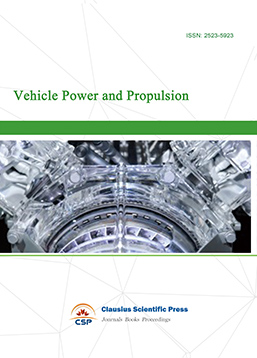
-
Frontiers in Computer Vision and Pattern Recognition
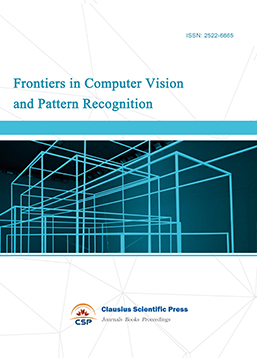
-
Knowledge Discovery and Data Mining Letters
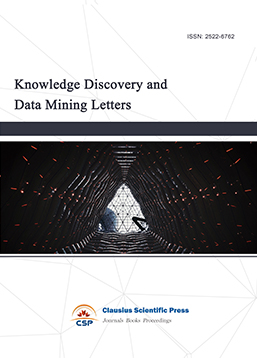
-
Big Data Analysis and Cloud Computing
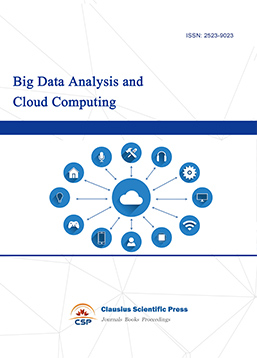
-
Electrical Insulation and Dielectrics
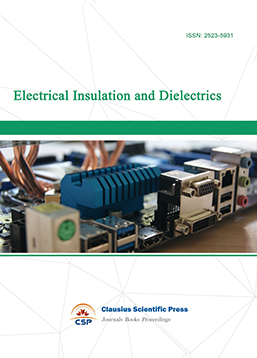
-
Crypto and Information Security
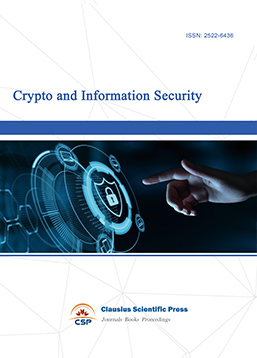
-
Journal of Neural Information Processing
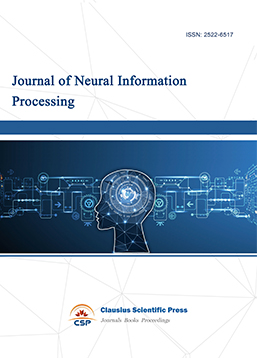
-
Collaborative and Social Computing
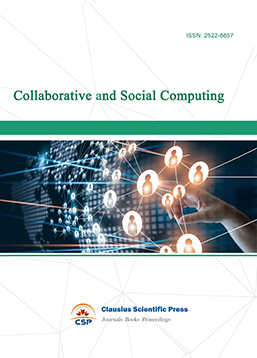
-
International Journal of Network and Communication Technology
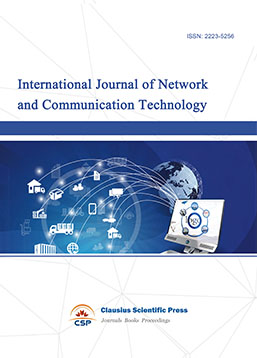
-
File and Storage Technologies
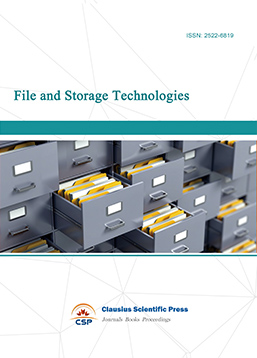
-
Frontiers in Genetic and Evolutionary Computation
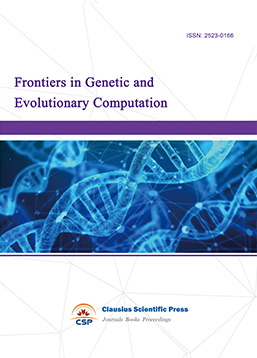
-
Optical Network Design and Modeling
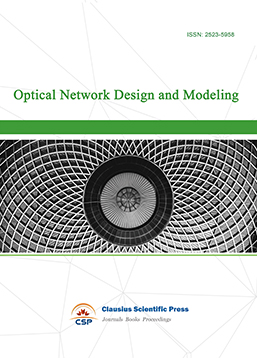
-
Journal of Virtual Reality and Artificial Intelligence
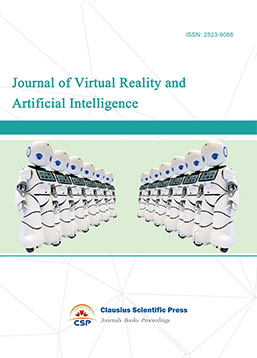
-
Natural Language Processing and Speech Recognition
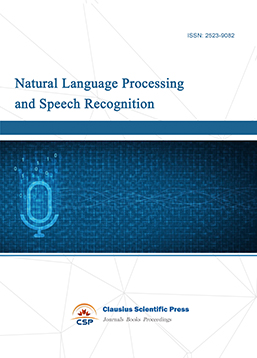
-
Journal of High-Voltage
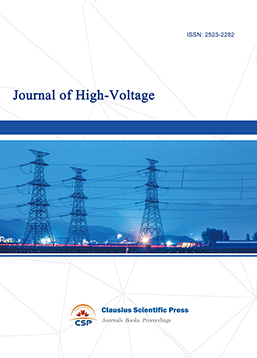
-
Programming Languages and Operating Systems
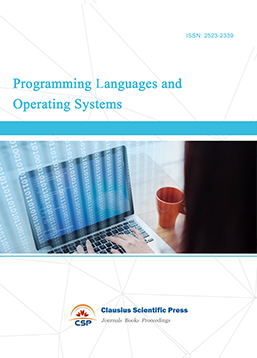
-
Visual Communications and Image Processing
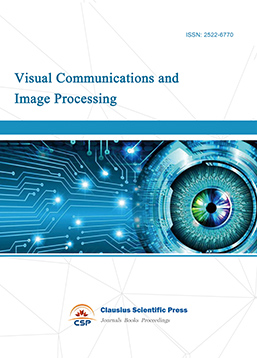
-
Journal of Systems Analysis and Integration
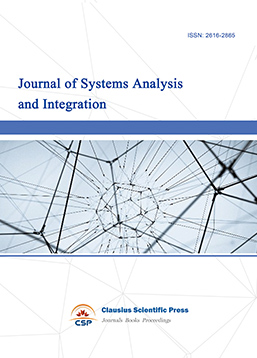
-
Knowledge Representation and Automated Reasoning
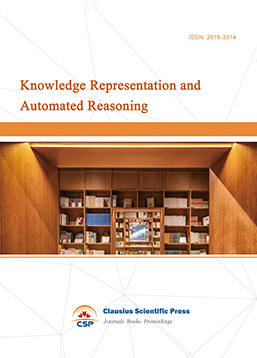
-
Review of Information Display Techniques
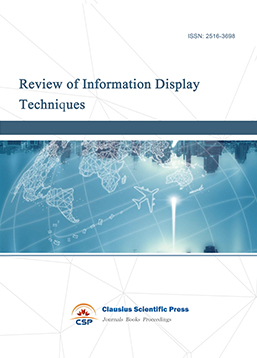
-
Data and Knowledge Engineering
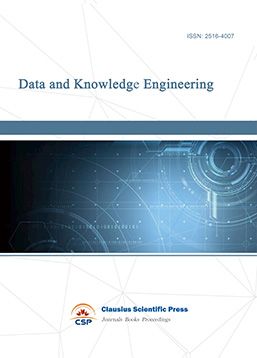
-
Journal of Database Systems
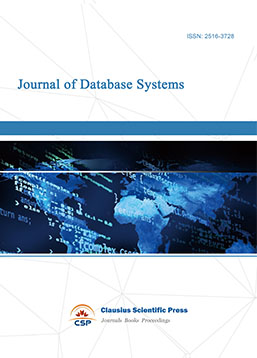
-
Journal of Cluster and Grid Computing
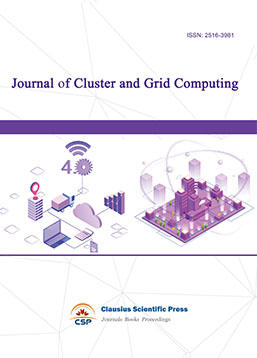
-
Cloud and Service-Oriented Computing
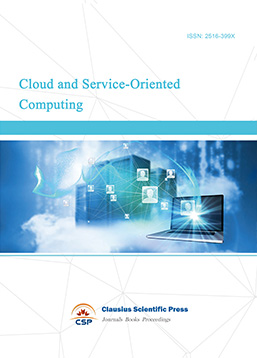
-
Journal of Networking, Architecture and Storage
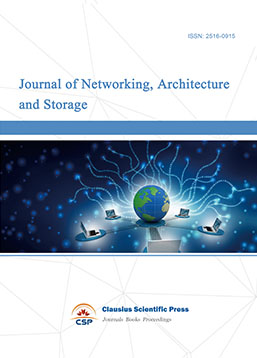
-
Journal of Software Engineering and Metrics
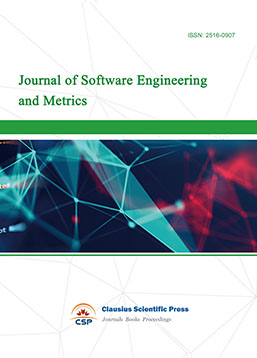
-
Visualization Techniques
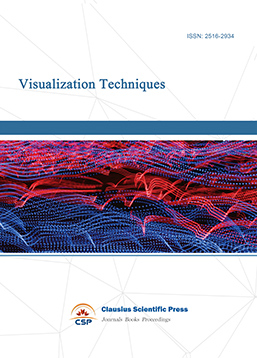
-
Journal of Parallel and Distributed Processing
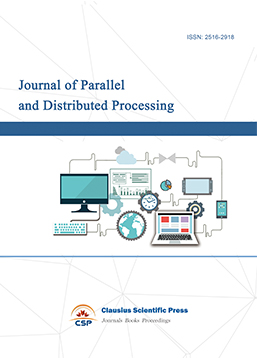
-
Journal of Modeling, Analysis and Simulation
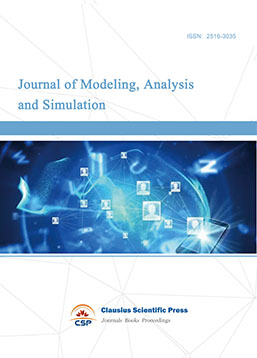
-
Journal of Privacy, Trust and Security
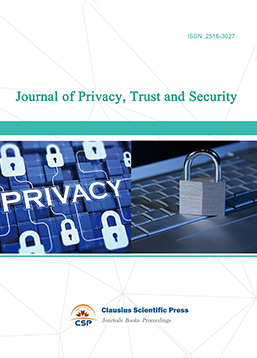
-
Journal of Cognitive Informatics and Cognitive Computing
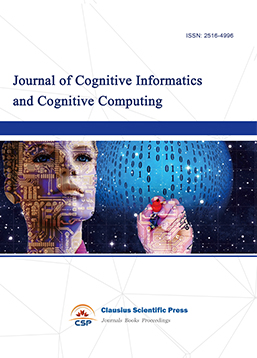
-
Lecture Notes on Wireless Networks and Communications
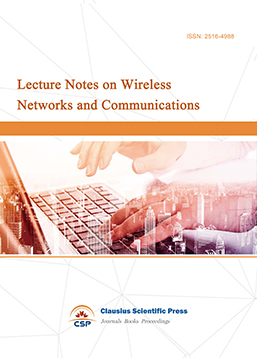
-
International Journal of Computer and Communications Security
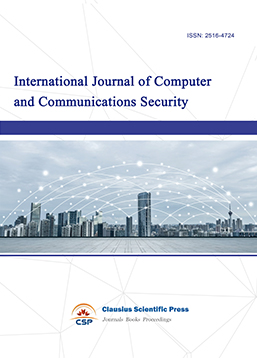
-
Journal of Multimedia Techniques
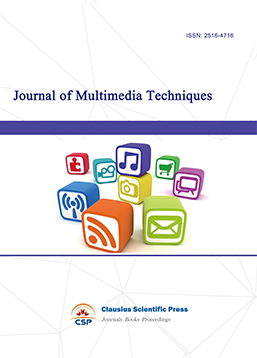
-
Automation and Machine Learning
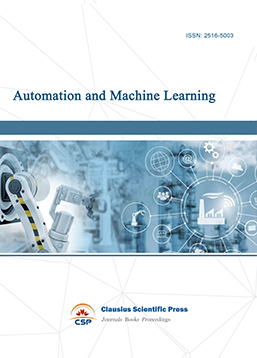
-
Computational Linguistics Letters
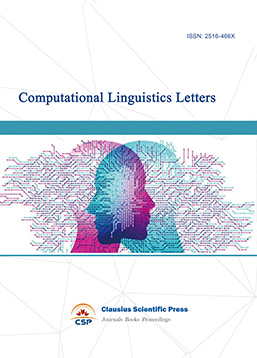
-
Journal of Computer Architecture and Design
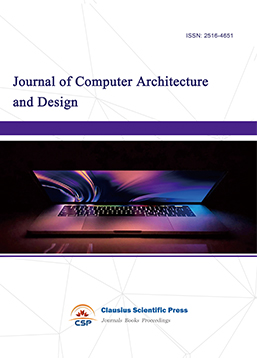
-
Journal of Ubiquitous and Future Networks
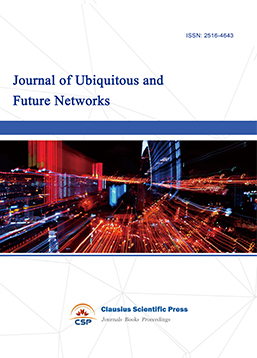

 Download as PDF
Download as PDF